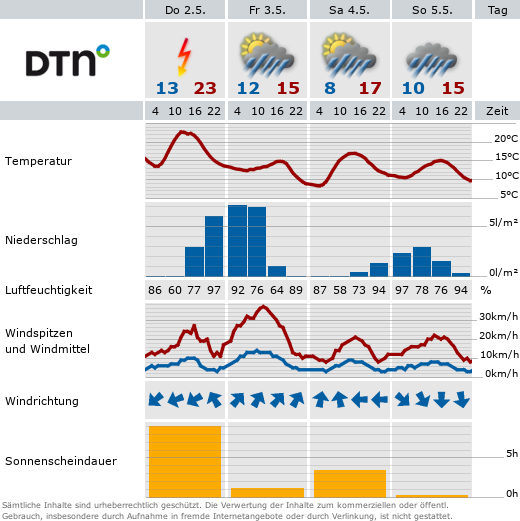Thesis defense of Carsten Mai
- Defense
At DELTA, a 1.5-GeV electron storage ring operated as a synchrotron light source by the TU Dortmund University, the de ection of a highly relativistic electron beam is used to generate radiation in the spectral range from hard X-rays to terahertz (THz) radiation. The short-pulse facility of DELTA provides pulses in the vacuum ultra violet (VUV) and THz range based on a laser-electron interaction. Within the scope of this thesis, the generation of THz radiation was systematically studied in experiments and simulations. The frequency range between radio waves and infrared radiation has been referred to as the terahertz gap for a long time because the availability of sources and detectors was very limited. Nowadays, particle accelerators and modern laser technology have started to close the gap. At DELTA, the short-pulse facility was improved by the ability to generate THz pulses of nearly arbitrary shape. Here, a short-pulse Ti:sapphire laser modulates the electron energy within a slice of the electron bunch via a laser-electron interaction in an undulator. The dispersive properties of the storage ring lead to the formation of a dip in the longitudinal electron density which gives rise to the coherent emission of synchrotron radiation in the THz regime. While an interaction with an ultrashort laser pulse leads to a broadband emission of THz radiation, a longer laser pulse with a periodic temporal pro le leads to a narrowband emission. To realize that, an intensity beating of the laser pulse was generated by interference of the chirped laser pulse with a delayed copy. Here, a change of the beating frequency allows to control the central frequency of the emitted THz spectrum ranging between 50 GHz and 6.5 THz with a relative bandwidth of about 10%. In a next step, a direct manipulation of the spectral phase of the laser pulses was implemented using a liquid-crystal based spatial light modulator, allowing to almost arbitrarily shape the laser pulses. Using this setup, tunable narrowband THz radiation with an improved relative bandwidth below 2% was generated. Furthermore, two-colored pulses and spectra of rectangular and trapezoidal shape were produced. Measurements of the spectral properties were conducted using a Fourier-transform spectrometer commissioned within the scope of this thesis. Besides the spectral shaping of THz pulses, the temporal evolution of the laser-induced energy modulation was explored. Remainders of the energy modulation were recorded after more than 350 revolutions in the storage ring after the initial laser-electron interaction had happened.









